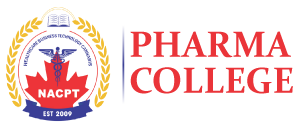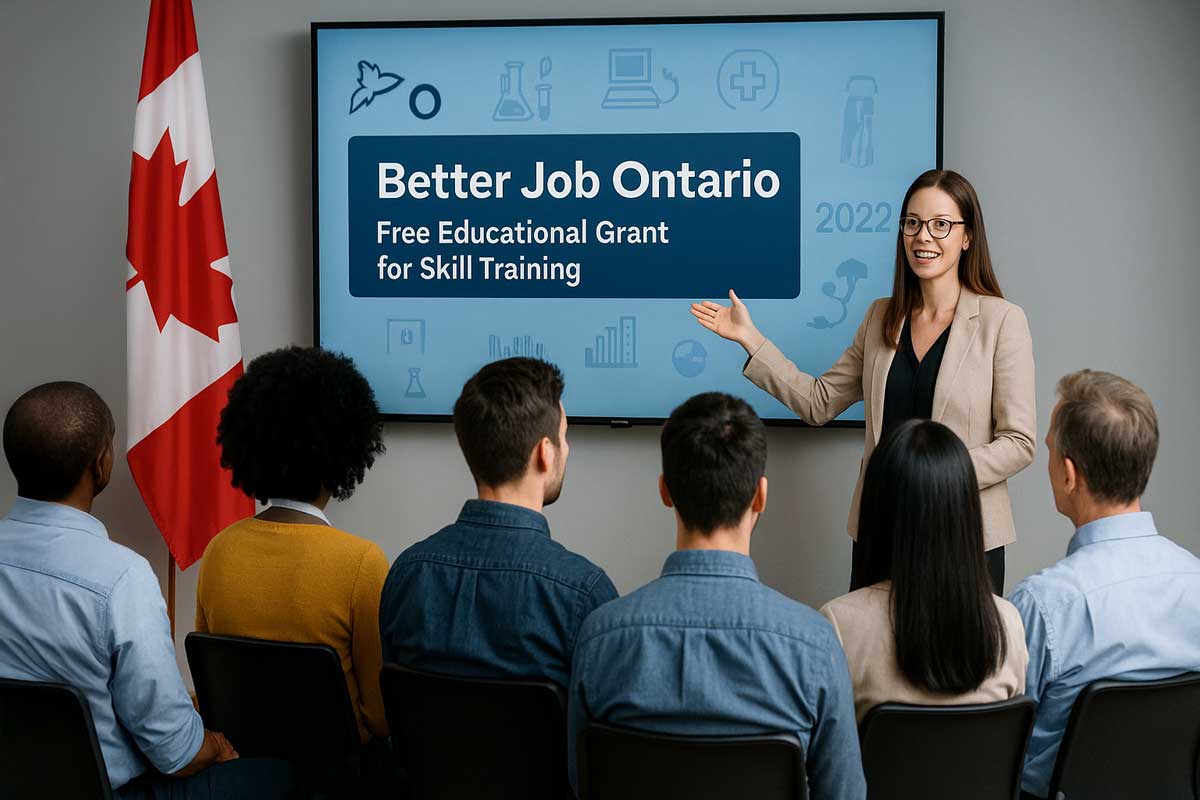Key Features
- BJO is an application-based grant program for eligible unemployed or under-employed individuals to receive training for in-demand occupations.
- Financial support can cover tuition, books, other instructional costs, transportation, a basic living allowance, and additional supports (childcare, disabilityâ€related supports, etc.)
- For programs up to one year in duration, eligible funding is up to $28,000; for programs more than one year (but up to two years) the cap is higher.
What to Know for Applicants Now
- Training programs must generally be two years or less in duration
- You must engage with an Employment Ontario (EO) service provider (or integrated employment services provider) for the eligibility and suitability assessment before applying.
- Because approval may take time, institutions like Seneca Polytechnic advise starting the process early (several months ahead of your training start date).
- For those who qualify under the Fast Track stream (e.g., laid off after March 1, 2020, from sectors heavily impacted by COVID-19) there is an expedited approval process.
What’s New / What to Watch
- Note the alignment with NOC 2021 codes: this affects which training programs are considered “in-demand†and eligible.
- While the core funding caps remain (e.g., up to $28,000 for shorter programs), the expanded eligibility means more people now may apply (e.g., gig workers, self-employed, newcomers).
- The program continues to prioritize training for “in-demand occupations†in Ontario, so choice of training (field & institution) matters.
- The future of the program may see further updates (as noted in the redesign QA).
If you like, I can check for very recent changes (2025) specifically for example, new funding increases, new priority streams, or additional eligibility changes since 2023. Would you like me to look that up?
Key changes in 2025
Here are the main updates introduced in 2025:
- The 2025 Ontario Budget committed an additional $50 million in 2025-26 for BJO (to support vocational / skills training to help more people transition into in-demand jobs).
- As of August 20 2025, new guidelines are in effect.
- Eligible applicants can now qualify for up to two years of training supports (previously max 1 year) if training leads to “good†employment prospects.
- For training longer than one-year, eligible applicants can now receive up to $35,000 in support.
- The program now explicitly states that training must be accredited/approved by the relevant regulatory body for occupations requiring an entry-to-practice exam.
- The “Fast Track†suitability scoring is enhanced: applicants for training in occupations with “good†or “very good†employment prospects get higher suitability scores (and thus faster processing) under the updated criteria.
- Eligibility changes:
- The definition of “interim job†for laid-off/ unemployed pathway clarified (job held no longer than 12 months after lay-off) under the updated guidelines.
- For the low-income household stream: previously unemployment for 6 months was required; now changed to 12 weeks. Also, individuals who have been engaged in selfâ€employment (incorporated or unincorporated) for an average of ≤ 20 hours/week are now eligible.
- Forms & operations: On August 20 2025, updated application forms, digital portal, Recommendation & Checklist (ARC), Eligibility & Suitability Assessment Tool, etc., were launched.
- Service standards: As of October 30 2025, the ministry introduced province-wide service standards for BJO to improve consistency in program delivery.
- 900-series SIN policy: As of August 20, 2025, individuals with a 900-series Social Insurance Number (SIN) are not eligible for BJO.
What these changes mean in practice
- The expanded support (up to two years, higher funding for longer programs) means more training pathways qualify—especially for longer-term programs in in-demand fields.
- The emphasis on “good†or “very good†employment prospects means applicants will be assessed more strongly on labour-market outcomes and occupation demand.
- The clarified self-employment eligibility means people who were doing short-hours self-employment now may qualify under the low-income stream.
- The accreditation requirement for regulated occupations ensures that training supported by BJO meets professional standards.
- The updated forms and service standards should mean faster, more streamlined application and service delivery.
- The exclusion of 900-series SIN holders tightens eligibility for those on certain temporary-SIN categories.
Effective dates & things to watch
- The new guideline document is effective August 20, 2025.
- The service standards roll out October 30, 2025.
- If you are advising someone now (late 2025), use the August 20, 2025 criteria and forms.
- Training programs should be checked for accreditation especially if they lead to entry-to-practice occupations.
NACPT Pharma College organizing an information event on Better Job Ontario program for those who want to check their eligibility for the Better Job Ontario grant for various field of skill training:
Better Job Ontario Information Event: November 28, 2025
- Pharmaceutical (QA, QC, Formulation, Validation, Clinical Research and Regulatory Affairs)
- Agriculture – Medical Cannabis
- Information Technology
- International Business Administration
- Accounting and Payroll Administration
- Healthcare: Personal Support Worker (PSW) and Medical Office Administration
- Hospitality and Tourism
- Corporate Training in any fields (It can be covered by Job Grant as well)





